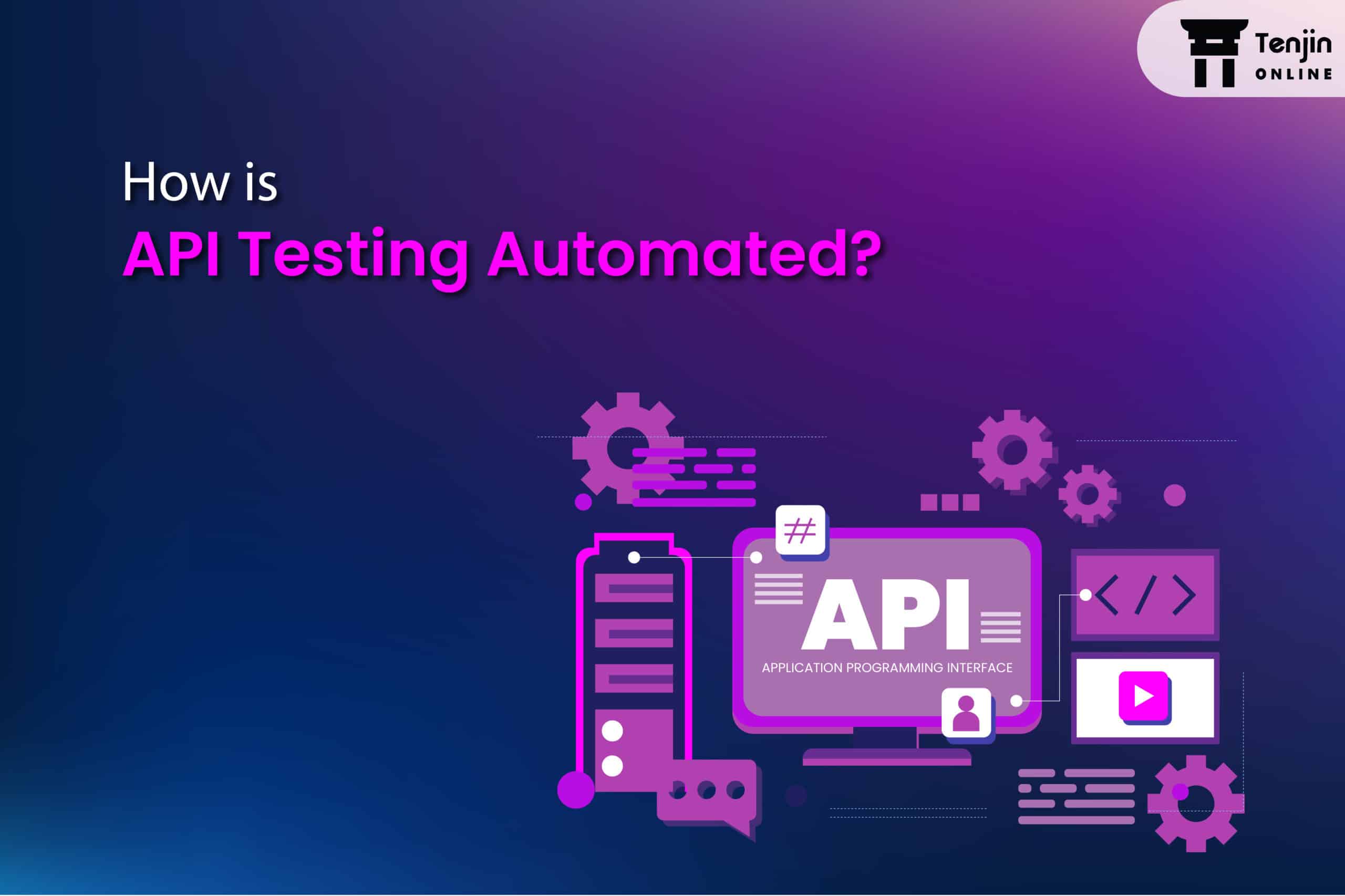
As software applications become increasingly complex and interconnected, Application Programming Interfaces (APIs) have become an integral part of modern software development. APIs allow different software applications to interact with each other, enabling the exchange of data and functionality, and facilitating the creation of more powerful and sophisticated software systems.
To ensure the quality and reliability of these complex systems, it is essential to thoroughly test the APIs that connect them; this is where API testing comes into play. API testing involves testing the functionality, reliability, performance, and security of an API to ensure that it works as intended and meets the requirements of its users.
While API testing can be done manually, it is often time-consuming, repetitive, and prone to errors, hence, automating API testing becomes important to improve the quality and achieve faster release. Automated API testing is the process of using software tools and scripts to automate the testing of APIs. By automating the API testing process, developers can save time, reduce errors, and improve the overall quality of their software applications. In this article, let us discuss how API testing is automated and understand the process involved.
Automating API Testing: What Are the Benefits & How Is It Done?
Automated API testing involves using software tools to automate the process of testing APIs. The testing tools send requests to the API and receive responses, and then compare the actual results with the expected results. If the results match, the test passes. If they do not match, the test fails, and developers can investigate and fix the issue.
There are several benefits to automating API testing, some of the prominent ones are:
- Saves time and cost
- Reduces the workload for developers/testers
- Offers accurate and consistent results
- Eliminates the risk of human errors
- Automated tests can be run more frequently, which means issues can be identified and resolved more quickly
When creating automated API tests, developers/testers should focus on testing the API’s functionality, performance, and security. They should test different types of requests and responses, including valid and invalid inputs, edge cases, and error scenarios. They should also test the API’s response time and throughput under different loads and traffic patterns. Finally, they should test the API’s security features, such as authentication and authorization, to ensure that sensitive data is protected.
Step-by-step process to automate API testing
Here’s the step-by-step guide to automating API testing:
Identify the APIs to be tested: The first step in automating API testing is to identify the APIs that need to be tested. This involves determining the scope of the testing, defining the test scenarios, and identifying the data that will be used in the testing process.
Choose an API testing tool: Once the APIs to be tested have been identified, the next step is to choose an API testing tool. There are many API testing tools available, ranging from open-source tools to commercial solutions.
Write test scripts: After selecting the API testing tool, the next step is to write test scripts. Test scripts are code-based instructions that specify the test steps to be executed and the expected outcomes.
Configure the test environment: Before running the test scripts, it is necessary to configure the test environment. This involves setting up the essential infrastructure, such as servers, databases, and networks, to create a testing environment that simulates the production environment as closely as possible.
Run the tests: With the test scripts written and the environment configured, it is time to run the tests. The API testing tool will execute the test scripts and record the results, including any errors or failures encountered during the testing process.
Analyze the results: After the tests have been run, it is necessary to analyze the results. This involves reviewing the test reports generated by the API testing tool, identifying any errors or failures, and determining the root cause of any issues that were encountered.
Iterate and improve: Based on the results of the analysis, it may be necessary to iterate and improve the test scripts or the test environment. This may involve modifying the test scripts to cover additional scenarios, changing the configuration of the test environment, or updating the APIs themselves to address any issues that were identified.
In addition to these steps, there are several best practices that should be followed when automating API testing. These include:
- Use a version control system to manage the test scripts and track changes over time.
- Create reusable test components, such as test data and test scenarios, to reduce duplication and simplify maintenance.
- Prioritize test cases based on their criticality and potential impact on the system.
- Include performance and security testing as part of the API testing process.
- Continuously monitor and update the test scripts to ensure that they remain relevant and effective.
Automated API testing is an essential component of modern software development. By automating the testing process, considerable time is saved, errors are reduced, and the overall quality of the software application is improved.
Conclusion
Automated API testing is a valuable tool for ensuring the quality and reliability of APIs. By automating the testing process, developers can save time, reduce errors, and identify issues more quickly. To implement automated API testing, developers can use specialized testing tools or write custom tests using programming languages. Regardless of the approach, developers should focus on testing the API’s functionality, performance, and security to ensure that it meets the needs of users and the organization.
Why Tenjin Online for API Testing?
Tenjin Online is a test automation platform designed to simplify the process of the web, Android, and iOS API testing. It is built with the latest technology and is designed to deliver consistent and accurate results. Whether a seasoned API tester or just getting started, it is designed to meet the needs and help one get the job done faster and more efficiently. With Tenjin Online, you can rest assured that your APIs are fully tested and ready to go. Tenjin Online is designed to provide seamless execution of APIs, with a focus on SOAP and REST APIs. With Tenjin Online, you can test APIs codelessly, without any scripting or coding. We understand that testing APIs can be a challenging task, which is why our platform is built to simplify the process and make it easier to use.



Leave a Reply
You must be logged in to post a comment.